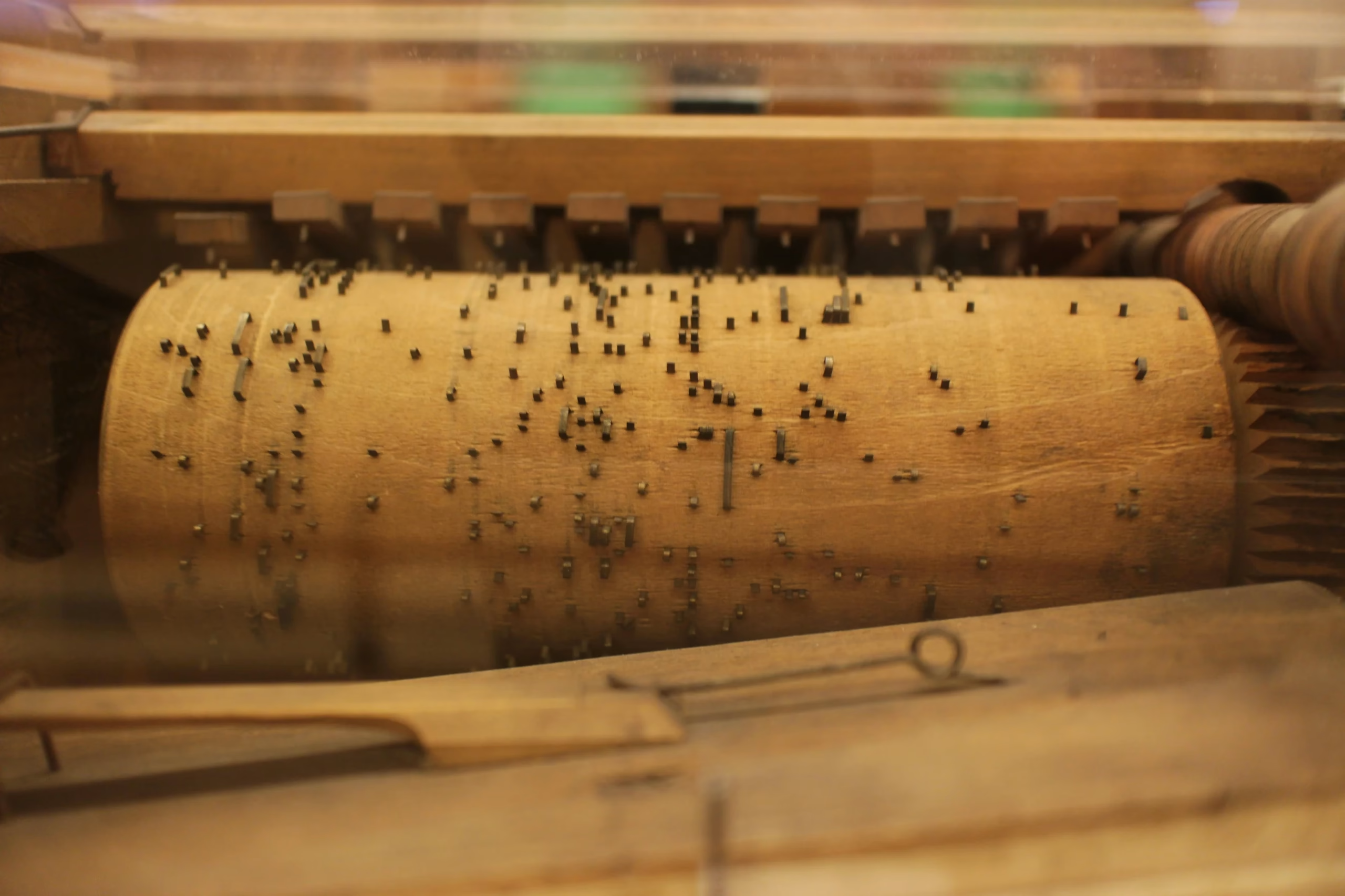In today’s hyper digital world, where even our watches and refrigerators communicate, it is easy to forget the long and sometimes messy journey that brought us here. Workflow automation—once cumbersome and rudimentary—has transformed radically over the past few decades, and it continues to evolve at a breakneck pace. Understanding this transformation sheds light not only on where we’ve been but also on where we’re headed, especially as robotic process automation (RPA) takes centre stage.
The Early Days: Printing and Carbon Paper as the First Automators
The origins of workflow automation are far less glamorous than today’s seamless, cloud powered systems. It all began with two unsung heroes of the mid20th century: the office printer and carbon paper. Back then, typewriters ruled the office, and reproducing documents meant painstakingly typing each copy from scratch. Enter the mimeograph machine and its cousin, the Gestetner duplicator. These early printers may have been clunky, but they revolutionised office workflows by allowing for the mass production of documents at speeds that were previously unimaginable.
Meanwhile, carbon paper—a thin sheet coated with ink—was another breakthrough in office automation. It allowed for multiple copies of a document to be created in one stroke, eliminating the need to retype copies manually. This simple yet ingenious tool significantly sped up business operations, especially in industries like finance, manufacturing, and logistics, where record-keeping was crucial.
The Digital Revolution: From Paper to Pixels
By the 1980s and 1990s, workflow automation began to undergo a major transformation as computers started replacing paper-based systems. With the introduction of word processors and software like Microsoft Office, the inefficiencies of manual document duplication were obliterated. No longer did offices rely on carbon paper or printers for copies; instead, digital files could be created, duplicated, and shared effortlessly.
Email replaced physical memos, databases made filing cabinets obsolete, and macros in software like Excel enabled users to automate sequences of tasks that would otherwise take hours. Workflow automation was no longer just about speeding up paperwork—it was about removing paperwork from the equation entirely.
Enter Robotic Process Automation (RPA): A New Era of Efficiency
While digital workflows made significant strides in reducing the manual effort required in business processes, the next frontier was Robotic Process Automation (RPA). RPA took automation a step further by mimicking human actions within software systems. These digital ‘robots’ could perform repetitive tasks—such as data entry, file processing, or sending emails—at a scale and speed that humans could never match.
RPA’s power lies in its simplicity. Businesses could automate complex processes without having to redesign entire systems or infrastructure. For example, instead of manually extracting data from emails and inputting it into spreadsheets, RPA bots could handle the task with precision and consistency. The automation was faster, less prone to errors, and required less human oversight, thus freeing up employees for more valuable work.
The Future of Workflow Automation: What Lies Ahead
The transformation from early workflow automation to RPA is only a prelude to what’s coming next. As we look forward, several key trends are set to redefine how businesses operate:
- AI Driven Automation and Decision Making: Artificial Intelligence (AI) is already beginning to shift automation from simple task execution to more complex, dynamic decision making. In the future, AI systems will not only complete tasks but also analyse workflows, learn from them, and optimise them on the fly—creating smarter, adaptive processes that continuously improve.
- Hyper Personalisation of Workflows: We are starting to see the first signs of hyper personalisation through chatbots and recommendation engines. In the future, automation systems will become even more adaptive, learning how individual employees work and adjusting workflows in real time to enhance productivity and reduce friction.
- Quantum Computing: While still in its infancy, quantum computing promises to accelerate the processing power behind automation systems to unprecedented levels. Workflows that currently take hours or days could be executed in milliseconds, enabling real time decision making and near instantaneous execution.
- No Code Platforms: As workflow automation becomes more sophisticated, it will also become more accessible. No code platforms will enable even non-technical users to design and implement their own automated workflows. This democratisation of automation will allow small businesses to harness the power of advanced systems, levelling the playing field in ways previously unimaginable.
- Augmented and Virtual Reality: The future may also see the blending of physical and digital workspaces through augmented reality (AR) and virtual reality (VR). Imagine working side by side with digital avatars or interacting with 3D representations of workflows, making processes more intuitive and engaging.
From Past to Future, Automation Keeps Evolving
The journey from the humble office printer and carbon paper to today’s sophisticated RPA and AI-powered systems has been nothing short of remarkable. Workflow automation has always aimed to enhance efficiency—whether through a sheet of carbon paper or a cutting-edge AI system. As we stand on the brink of the next leap in automation technology, it’s exhilarating to envision what the future holds.
In 25 years, we may look back on today’s technology and marvel at how primitive it seems. Just as we now laugh at the clunky printers and carbon copies of the past, future generations will likely view our AI systems as the foundation for something even more extraordinary. Looking ahead to 50 years from now, the potential for using our minds and thoughts to control computers could revolutionize our interaction with technology. Imagine a world where mental commands can seamlessly navigate complex processes, unlocking unprecedented levels of productivity and creativity.
One thing is certain: progress never stops. Automation will continue to redefine the future of work, making our lives easier with each breakthrough. As we embrace these advancements, we open the door to possibilities that once seemed like science fiction, ultimately transforming not just how we work, but how we think and create.
